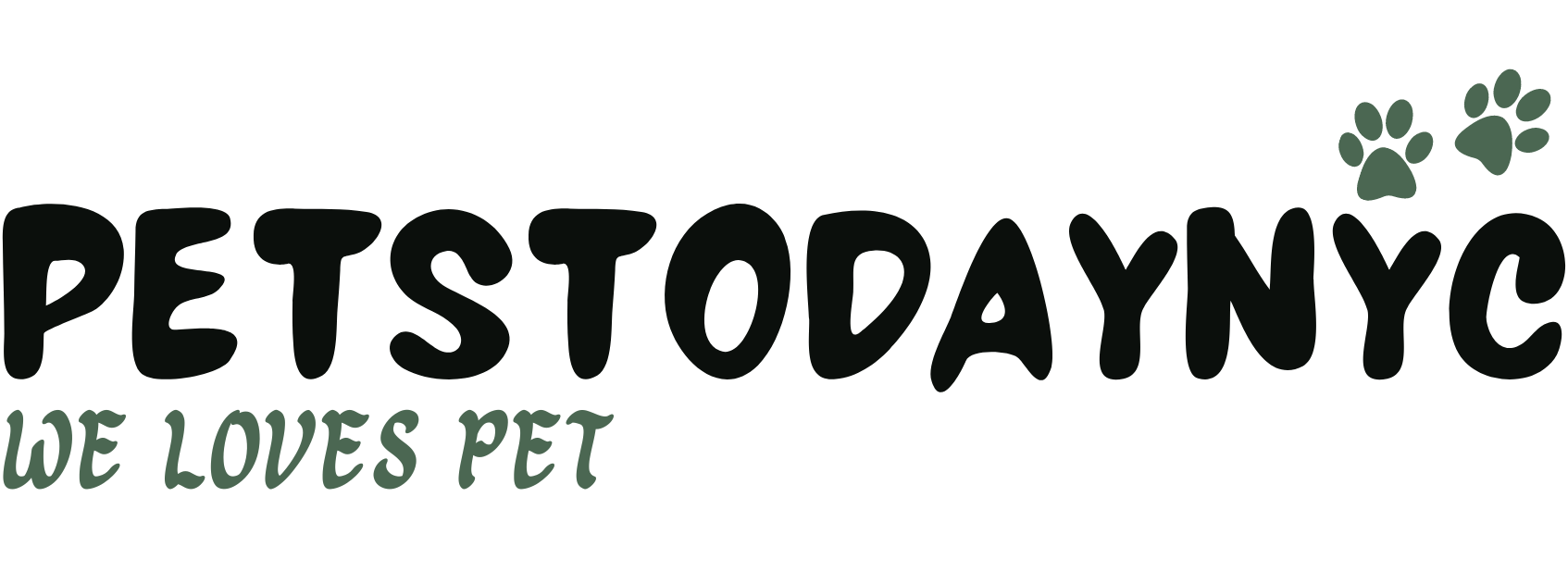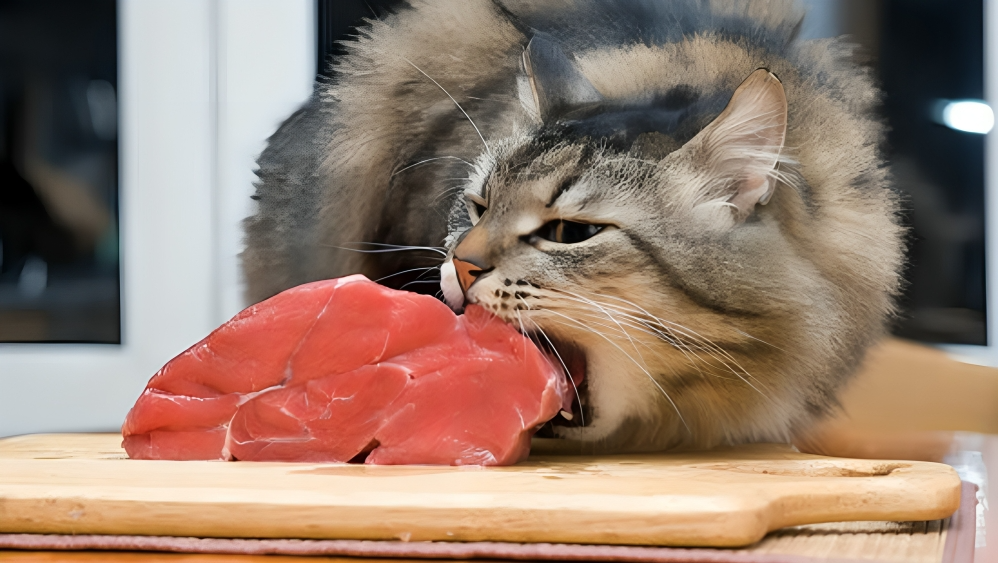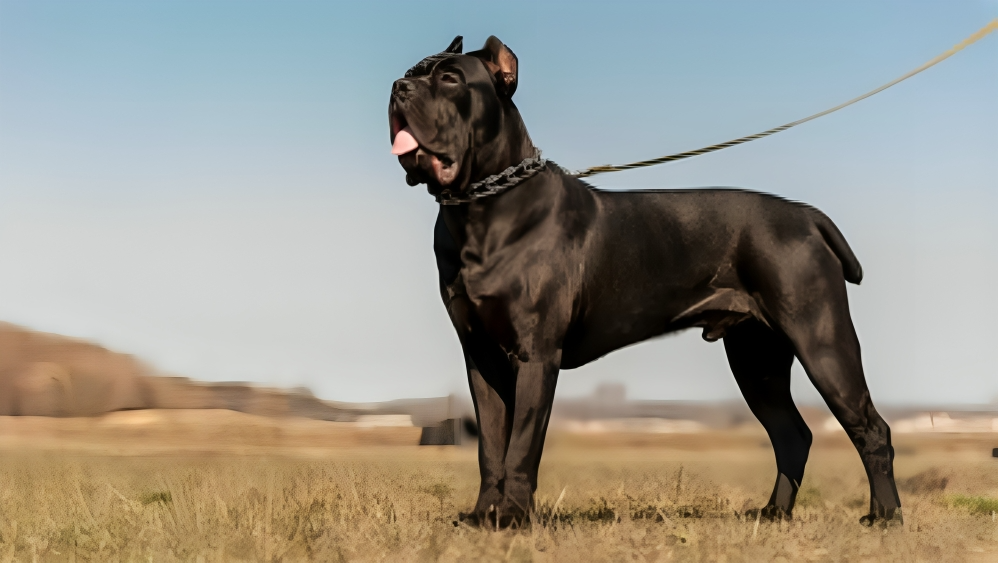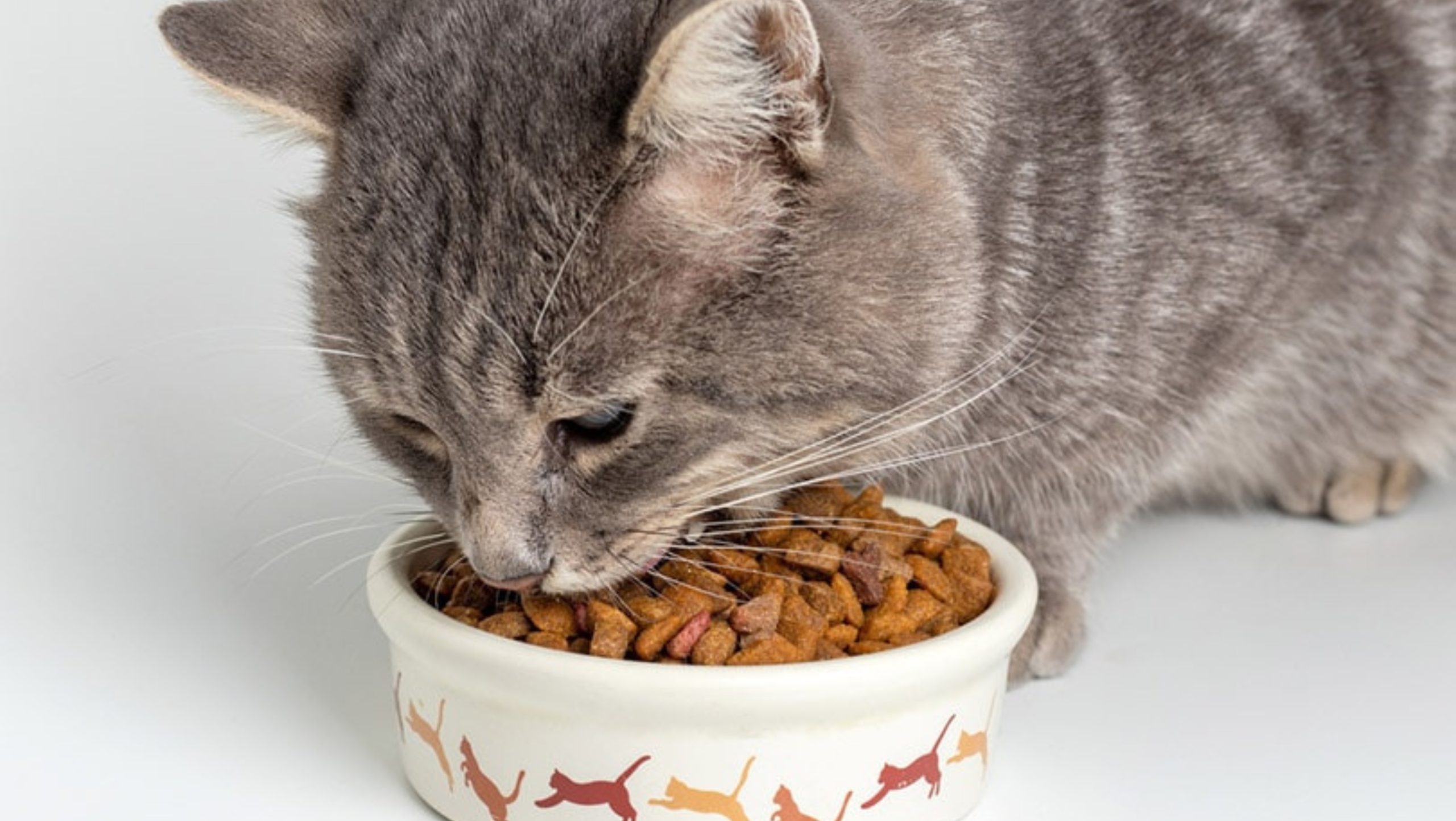The Ultimate Guide to Cat Food High in Protein: A Perfect Nutrition Solution
Cats are not just pets; they are cherished members of our families. As responsible cat owners, we have to provide them with the best possible nutrition to ensure their overall health and well-being. One key element of a cat’s diet that should never be overlooked is protein. In this comprehensive guide, we will explore the importance of high-protein cat food, its benefits, and how to choose the best options for your feline friend.
READ MORE…..
Understanding a Cat’s Dietary Needs
Cats are obligate carnivores, meaning their diet primarily consists of meat. Unlike omnivores, such as dogs, cats have specific nutritional requirements that can only be met through the consumption of animal-based proteins. Proteins are crucial for a cat’s health as they support various bodily functions, including muscle development, tissue repair, and the production of enzymes and hormones.
Protein-Rich Diet For Your Cat
Feeding your cat a protein-rich diet is essential for their overall health and well-being. Here are some guidelines for providing a protein-rich diet for your cat:
High-Quality Cat Food
- Choose a high-quality commercial cat food that lists a high-quality source of animal protein as the first ingredient. Look for options that contain real meat, such as chicken, turkey, beef, or fish.
Animal Protein Sources
- Cats require animal-based protein for essential nutrients like taurine. Ensure that the cat food contains meat as the primary source of protein.
Protein Percentage
- Look for cat food with a protein content of at least 30% to 40% on a dry matter basis. Higher protein levels are generally more suitable for cats, but individual needs may vary.
Avoid Fillers
- Minimize the inclusion of fillers such as grains and carbohydrates in your cat’s diet. While some carbohydrates are acceptable, cats do not have a high requirement for them. Ensure that the primary source of energy comes from protein and fat.
Wet vs. Dry Food
- Wet cat food often has a higher meat content and moisture, which can be beneficial for your cat’s overall hydration. However, some high-quality dry cat foods are also available.
Supplement with Raw or Homemade Options
- Some cat owners choose to supplement their cat’s diet with raw or homemade food. If you decide to go this route, it’s essential to do thorough research and consult with a veterinarian to ensure the diet is balanced and meets all of your cat’s nutritional needs.
Monitor Your Cat’s Health
- Regularly monitor your cat’s weight, coat condition, and overall health. If you notice any changes, consult with your veterinarian to determine if adjustments to the diet are necessary.
Avoid Overfeeding
- While protein is crucial, it’s also important not to overfeed your cat. Follow feeding guidelines provided on the cat food packaging and adjust portions based on your cat’s age, weight, and activity level.
Always consult with your veterinarian before making significant changes to your cat’s diet. They can provide guidance based on your cat’s individual needs, health conditions, and lifestyle.
Homemade High-Protein Cat Food Recipe
While it’s generally recommended to provide commercially prepared cat food to ensure your cat receives the essential nutrients they need, some pet owners may choose to make their own cat food for various reasons. Keep in mind that creating a balanced and nutritionally complete homemade cat food requires careful attention to detail and consultation with a veterinarian or a pet nutritionist to ensure it meets your cat’s specific dietary needs. Cats have unique nutritional requirements that differ from those of humans, and providing an imbalanced diet can lead to health issues.
If you’re considering making your own high-protein cat food, here’s a basic recipe that you can use as a starting point. However, it’s crucial to consult with a veterinarian or a pet nutritionist to customize the recipe for your cat’s individual needs.
Homemade High-Protein Cat Food Recipe
Ingredients:
- Protein Source:
- Cooked and finely ground meat (chicken, turkey, beef, or a combination)
- Organ meats (liver, kidney) in moderation
- Fish (optional, but not recommended in large amounts due to potential mercury content)
- Carbohydrate Source:
- Cooked and mashed sweet potatoes or pumpkin (small amounts for fiber)
- Fat Source:
- Fish oil or olive oil (for essential fatty acids)
- Additional Ingredients:
- Taurine supplement (essential for cats, as they cannot synthesize it adequately from other amino acids)
- Calcium supplement (if not using bone meal or other calcium-rich sources)
- Vitamin and mineral supplements (to ensure all essential nutrients are present)
- Eggshell powder or bone meal for calcium
Instructions:
- Cook the meat thoroughly and grind it finely. Include organ meats in moderation.
- Cook and mash sweet potatoes or pumpkin for a carbohydrate source.
- Mix the protein source, carbohydrate source, and fat source (fish oil or olive oil) in the desired proportions. The exact ratio will depend on your cat’s specific needs.
- Add a taurine supplement, calcium supplement, and a complete vitamin and mineral supplement according to the recommended dosage.
- If you’re not using bone meal or another calcium-rich source, add eggshell powder for calcium.
- Ensure that the final mixture is well-blended and has a consistency that your cat will accept.
- Serve the homemade cat food in appropriate portions, and monitor your cat’s health and weight closely.
Again, it’s crucial to consult with a veterinarian or a pet nutritionist before attempting to create homemade cat food to ensure it meets your cat’s specific nutritional requirements. Regular veterinary check-ups are also important to assess your cat’s health and adjust their diet accordingly.
Why High-Protein Cat Food Matters
- Muscle Maintenance and Development: High-protein cat food is essential for maintaining lean muscle mass and promoting healthy muscle development. Cats are naturally agile and active animals, and a protein-rich diet helps support their energy needs and contributes to a strong, well-defined physique.
- Weight Management: Protein plays a significant role in weight management for cats. A diet rich in protein helps cats feel full and satisfied, reducing the likelihood of overeating and obesity. Maintaining a healthy weight is crucial for preventing various health issues, including diabetes and joint problems.
- Optimal Energy Levels: Cats are known for their bursts of energy and agility. A high-protein diet provides the necessary fuel for these activities, ensuring that your cat remains playful, engaged, and mentally stimulated.
- Healthy Skin and Coat: Protein is essential for maintaining healthy skin and a shiny coat. It contributes to the production of keratin, the protein that makes up a cat’s fur. A diet lacking in sufficient protein can lead to dull fur, increased shedding, and skin issues.
Choosing the Right High-Protein Cat Food
- Check the Ingredient List: When selecting cat food, carefully examine the ingredient list. Look for whole, animal-based protein sources such as chicken, turkey, fish, or beef. Avoid products with excessive fillers like grains and by-products, as these can dilute the overall protein content.
- Protein Percentage Matters: High-protein cat food typically contains a protein content ranging from 30% to 50% or more. Choose a product with a protein percentage that aligns with your cat’s specific needs. For kittens and highly active cats, a higher protein content may be suitable, while senior cats may benefit from slightly lower levels.
- Balanced Nutrition: While protein is crucial, it’s essential to ensure a well-balanced diet. Look for cat food that also provides adequate amounts of fats, vitamins, and minerals. Balanced nutrition is key to meeting your cat’s overall dietary requirements.
- Consider Your Cat’s Specific Needs: Cats with specific health concerns or conditions may require specialized high-protein cat food. Consult with your veterinarian to determine if your cat has any specific dietary needs and to receive recommendations tailored to their health status.
- Avoid Artificial Additives: Opt for cat food free from artificial colors, flavors, and preservatives. Natural and minimally processed options are healthier for your cat and reduce the risk of allergic reactions or digestive issues.
Popular High-Protein Cat Food Brands
- Blue Buffalo Wilderness High Protein Grain-Free Cat Food: Known for its quality ingredients, this brand offers a range of high-protein options, often featuring real meat as the first ingredient.
- Hill’s Science Diet Adult Urinary & Hairball Control Cat Food: This brand combines high-protein content with additional benefits, such as urinary health support and hairball control.
- Wellness CORE Grain-Free Original Recipe: Wellness CORE is praised for its grain-free, protein-rich formulations, catering to cats’ natural dietary preferences.
- Merrick Purrfect Bistro Grain-Free Real Chicken Recipe: Merrick’s high-protein cat food includes real deboned chicken as the primary ingredient, with a focus on quality nutrition and taste.
Conclusion
Investing in high-protein cat food is a proactive and caring step towards ensuring your feline companion leads a healthy and happy life. Understanding your cat’s unique dietary needs, choosing the right food, and consulting with your veterinarian are crucial elements in providing optimal nutrition. By prioritizing a protein-rich diet, you contribute to your cat’s overall well-being, from their muscles and energy levels to their skin and coat. Remember, a well-nourished cat is a content and thriving member of your family.



